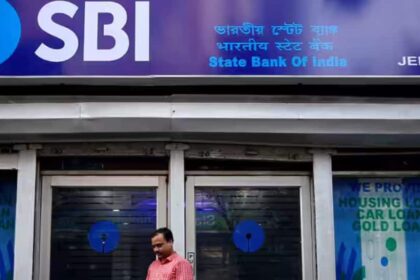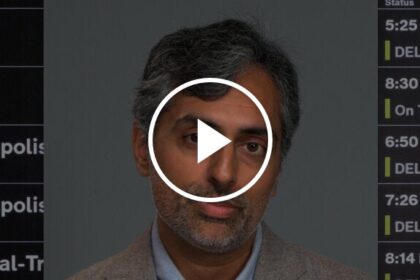National Payments Corporation of India Expands UPI Circle to Enhance Daily Payments for Elderly
Managing daily expenses for elderly family members or dependents has long been a logistical challenge for many Indian households. The National Payments Corporation of India ( NPCI) has just made it easier thanks to the expansion of the UPI Circle feature, previously exclusive to the BHIM app.
The upgrade now allows UPI Circle to seamlessly work across major platforms like PhonePe and Google Pay, transforming it into a practical and everyday tool for families who use different apps to manage shared expenses.
What Has Changed?
UPI Circle now enables interoperability between BHIM, GPay, and PhonePe. This allows primary and secondary users to link and transact even if they are on different UPI platforms. Primary users can authorize trusted secondary users to make payments within pre-set limits, enhancing convenience for families managing shared financial responsibilities.
How Does Interoperability Work?
With UPI Circle now supporting cross-platform functionality, users can link across different UPI apps to enable delegated payments. This is done by navigating to the UPI Circle section on the home screen and selecting the option to ‘invite a secondary contact’. The process ensures a seamless and secure payment flow.
Once the invitation is sent, the secondary user receives a notification and accepts the invite. The primary user on a different app, like PhonePe, receives an alert upon acceptance, completing the linking process. From this point, the secondary user is authorized to initiate payments using the primary user’s account, in accordance with permissions granted.
Modes of Delegation
UPI Circle supports two types of access: partial delegation and full delegation.
In partial delegation, the secondary user can initiate a payment, but it must be approved by the primary user, who completes it by entering their UPI PIN.
This setup is ideal for situations where the primary user wants to maintain direct control over every transaction while still allowing someone else to initiate payments. For instance, a child making a payment request on behalf of a parent, who then authorizes it in real time.
In full delegation, the primary user gives the secondary user complete authority to make payments independently, within a defined limit—up to ₹5,000 per transaction and ₹15,000 per month. This is useful in scenarios where the primary user may not always be available to approve transactions, such as an elderly parent authorizing a caregiver to make daily purchases without needing frequent PIN approvals.
However, as of now, full delegation is only supported on the BHIM app. PhonePe and GPay currently support only partial delegation, with full delegation expected to roll out on these platforms soon.
Real-time alerts for every transaction and the ability to revoke access at any time provide reassurance to primary users, particularly those who may be less tech-savvy and concerned about fraud.
The adoption of UPI Circle by apps like PhonePe and GPay is expected to drive broader usage of the feature, especially among users who rely on different UPI apps for daily transactions. This move reflects the growing maturity of India’s digital payments ecosystem, where interoperability and user control are increasingly prioritized.
Also Read
How India pays online: UPI leads with 65% share, EMIs make up 20%—in charts:
https://www.livemint.com/economy/online-payments-digital-transactions-upi-emi-credit-cards-net-banking-financial-inclusion-healthcare-ecommerce-11744206292263.html
Also Read
Swipe card, scan QR? Buying on UPI may be about to get cheaper:
https://www.livemint.com/auto-news/centre-explores-plan-to-pass-benefit-to-consumers-on-upi-zero-fee-consumer-affairs-ministry-mdr-11747548392360.html
THE PRIME NEWS NETWORK Explainer: UPI Circle’s vast potential beyond family and friends:
https://www.livemint.com/industry/banking/upi-circle-delegated-upi-payments-cashless-transactions-financial-inclusion-upi-without-bank-account-upi-for-minors-bhim-11746181776970.html








